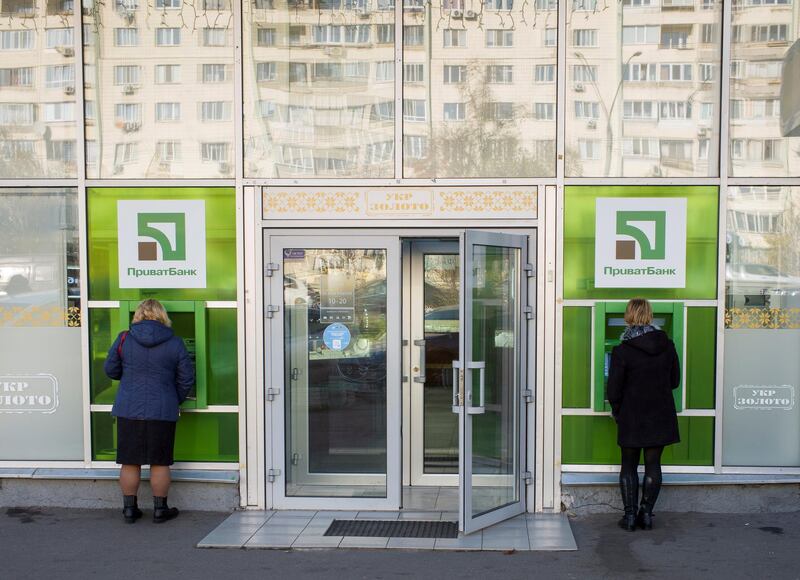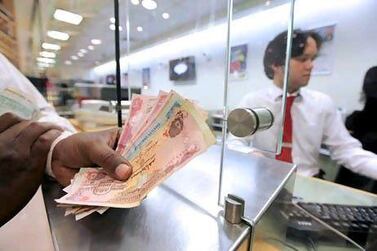In the wake of the economic crisis, Paul Volcker called automated teller machines the last financial innovation that improved society. A decade later, their popularity is slipping – except in the UAE.
The number of ATMs around the world fell for the first time last year as banks closed branches and redirected resources toward digital payments, consulting company RBR said in a study. Declines in four of the world’s five largest markets – China, the US, Japan and Brazil – drove the 1 per cent drop in ATMs in 2018. In the fifth, India, “growth slowed considerably", RBR said.
In the UAE, however, the number of ATMs operated by banks increased to 5,279 by the end of the first quarter of this year compared to 5,274 in the same period in 2018, according to data from the Central Bank of the UAE. Despite the rise, UAE financial institutions such as Emirates NBD, Mashreq Bank and National Bank of Fujairah are investing in digitising their operations to reduce their physical footprint. While Mashreq Bank will spend at least Dh500 million over the next five years on digitisation as it looks to close half of its branches in the UAE this year, Emirates NBD, Dubai’s largest lender, is spending more than Dh1 billion on new technology.
Bank customers are increasingly turning to their mobile phones for routine financial services, forcing banks to rethink the balance between physical and digital strategies. JP Morgan Chase, the biggest US bank, cut back its branches by 2 per cent last year while earmarking $10.8bn for technology. The lender saw a 5 per cent increase in active digital customers, and an 11 per cent gain in active mobile customers.
While the ATM count worldwide has fallen for the first time, the shift away from the machines is not a new phenomenon. Bank of America cut back on its ATMs in 2012, and JP Morgan did the same in 2015. Their decline could hurt makers such as NCR and Diebold Nixdorf.
Still, not every year will see a drop like last year’s. Growth in ATMs in developing markets will slow the decline, according to RBR. The company expects the number of bank machines globally to fall just 0.6 per cent in the next six years.
“Financial inclusion initiatives continue to bolster ATM growth in developing markets across Asia-Pacific, the Middle East and Africa and Latin America,” RBR said.







